
- Shandong Loyal Industrial Co.,Ltd.
- SHORT-CUT PASTA PRODUCTION LINE LONG-CUT PASTA PRODUCTION LINE INSTANT PASTA PRODUCTION LINE
Home> Application> European Innovation: Pasta Manufacturing Plant's High-Efficiency Energy Solutions

European Innovation: Pasta Manufacturing Plant's High-Efficiency Energy Solutions
Pasta manufacturing stands as a cornerstone in the global food industry, providing a staple enjoyed by people worldwide. In this context, our focus turns to European innovation within pasta manufacturing plants, specifically exploring the integration of high-efficiency energy solutions. This introduction aims to underline the crucial role these innovations play in fostering sustainable practices and reshaping the landscape of pasta production.Shandong Loyal Industrial Co., Ltd. has incorporated advanced technologies from Gidamak and UTF in the production of its macaroni.

Efficient Technologies in Pasta Manufacturing
Cutting-Edge Innovations:
Pasta manufacturing plants in Europe have embraced cutting-edge technologies to enhance their production processes. The integration of high-efficiency energy solutions takes center stage, revolutionizing the efficiency and precision of pasta manufacturing. Case studies will illuminate the success stories of plants that have implemented these technologies.
Advanced Automation:
One of the notable technological advancements in pasta manufacturing involves the implementation of advanced automation systems. These systems, integrated into various stages of the production line, enable seamless coordination and control. High-efficiency energy solutions further optimize these automated processes, ensuring energy is utilized judiciously throughout.
Precision Extrusion Technology:
The utilization of precision extrusion technology represents a significant leap in enhancing the quality and consistency of pasta products. This technology, powered by high-efficiency energy solutions, allows for precise shaping of pasta strands. The result is a uniform and superior product that meets the high standards set by both manufacturers and consumers.

Sustainability and Environmental Impact
Pasta Plants as Sustainability Advocates:
Pasta manufacturing plants play a vital role in promoting sustainability. This section delves into their commitment to reducing environmental impact, with a specific focus on how high-efficiency energy solutions contribute to eco-friendly practices. Insights into European initiatives and regulations further highlight the dedication to sustainability in the pasta manufacturing industry.
Energy-Efficient Operations:
High-efficiency energy solutions enable pasta manufacturing plants to operate in an environmentally friendly manner. By optimizing energy consumption, these plants minimize their carbon footprint. This section explores how the implementation of energy-efficient technologies aligns with broader sustainability goals and contributes to a more eco-conscious pasta production process.
Waste Reduction Strategies:
Sustainability in pasta manufacturing goes beyond energy efficiency. Pasta plants are implementing innovative strategies to reduce waste throughout the production cycle. From utilizing by-products for other purposes to implementing recycling programs, these initiatives complement high-efficiency energy solutions, creating a holistic approach to environmental responsibility.
Benefits of High-Efficiency Energy Solutions
Analyzing Advantages:
The adoption of high-efficiency energy solutions brings forth a multitude of benefits for pasta manufacturing plants. This analysis will explore the cost-effectiveness, reduced carbon footprint, and overall operational efficiency achieved through these innovative solutions. Testimonials and expert opinions will provide authoritative perspectives on the positive outcomes experienced by pioneering pasta manufacturing plants.
Cost-Effectiveness:
Implementing high-efficiency energy solutions proves economically advantageous for pasta manufacturing plants. By optimizing energy consumption, these plants experience reduced operational costs, leading to long-term financial benefits. Industry experts emphasize the cost-effectiveness of these solutions as a crucial factor in the sustainable growth of pasta manufacturing.
Reduced Carbon Footprint:
A significant benefit of high-efficiency energy solutions is the reduction of the carbon footprint associated with pasta production. This section will delve into how these solutions contribute to a more environmentally friendly operation, aligning with global efforts to combat climate change. Expert insights will underscore the positive impact on sustainability.

Improved Operational Efficiency:
High-efficiency energy solutions streamline the operational processes of pasta manufacturing plants, resulting in improved overall efficiency. This includes faster production cycles, reduced downtime, and enhanced resource utilization. Real-world examples will illustrate how these improvements translate into tangible benefits for both manufacturers and consumers.
European Leadership in Sustainable Pasta Production
Showcasing Industry Leaders:
European pasta manufacturing plants emerge as leaders in adopting sustainable practices. This section showcases their notable achievements and recognitions, positioning them as trailblazers in global sustainability within the pasta manufacturing sector. The examination will delve into how European innovation sets a standard for responsible and environmentally conscious pasta production worldwide.
Challenges and Future Outlook
Navigating Challenges:
While high-efficiency energy solutions have brought significant advancements, challenges persist in their adoption. This section addresses these challenges, offering insights into overcoming barriers and optimizing the integration of innovative technologies. A forward-looking perspective explores predictions on further advancements and innovations, providing a glimpse into the future of sustainable pasta manufacturing on a global scale.
Conclusion
In conclusion, our exploration of European innovation in pasta manufacturing plants with a focus on high-efficiency energy solutions reveals a transformative journey. The integration of these technologies not only enhances efficiency but also contributes to the sustainability of the industry. Emphasizing the importance of such innovations, this section reinforces their role in shaping a future where pasta production aligns with both environmental responsibility and operational excellence.
FAQs: Common Questions about Pasta Manufacturing Plants
Q1: How do high-efficiency energy solutions impact the efficiency of pasta manufacturing?
A: High-efficiency energy solutions streamline processes, improving overall efficiency and reducing operational costs.
Q2: What notable achievements have European pasta manufacturing plants attained in sustainability?
A: European plants, including Banza, Colavita, Garofalo, and Whole Foods 365 Everyday Value, have received recognition for leading in sustainable practices.
Q3: What challenges do pasta manufacturing plants face in adopting high-efficiency energy solutions?
A: Challenges include initial implementation costs and adapting existing infrastructure. However, the long-term benefits far outweigh these challenges.

Q4: How does European innovation in pasta manufacturing set a global standard?
A: European plants set a standard through pioneering sustainability practices, influencing the global pasta manufacturing industry to adopt eco-friendly solutions.
Contact Us

- Shandong Loyal Industrial Co.,Ltd.
- Telephone+86 13176674591
- Email[email protected]
- WhatsApp+86 13176674591
- WeChat13176674591
- AddressC623, Jiahui Global Plaza, No. 548, Beiyuan Street, Tianqiao District, Jinan City, Shandong Province
- Factory AddressADD -300m North of Zhangxia Industrial Park, Binhe Road, Zhangxia Town, Changqing District, Jinan
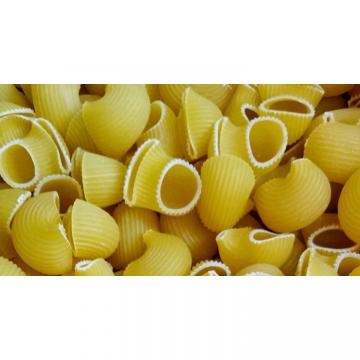

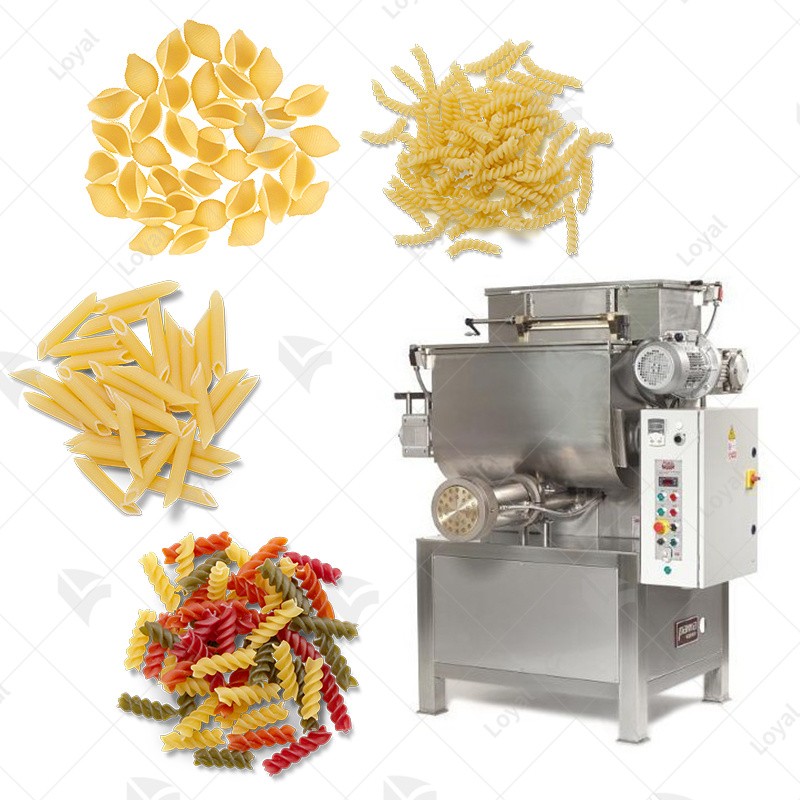

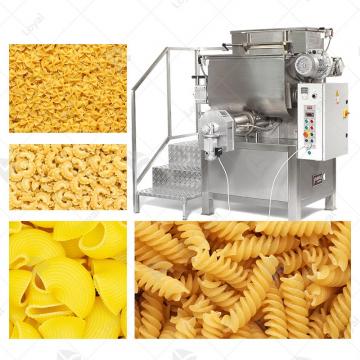
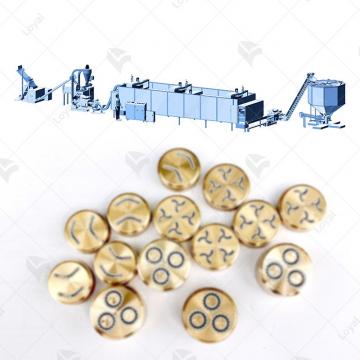 Short-Cut Pasta Production Line
Short-Cut Pasta Production Line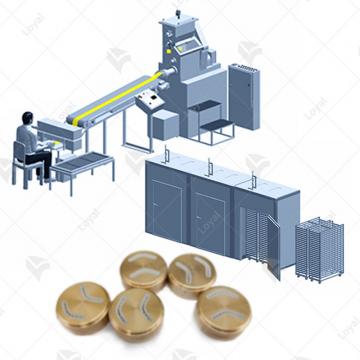 Dry Pasta Production Line
Dry Pasta Production Line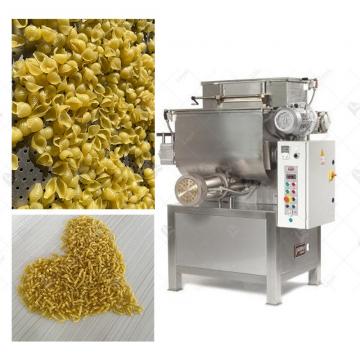 PRECOOKED PASTA PRODUCTION LINE
PRECOOKED PASTA PRODUCTION LINE Spaghetti Pasta Production Line
Spaghetti Pasta Production Line